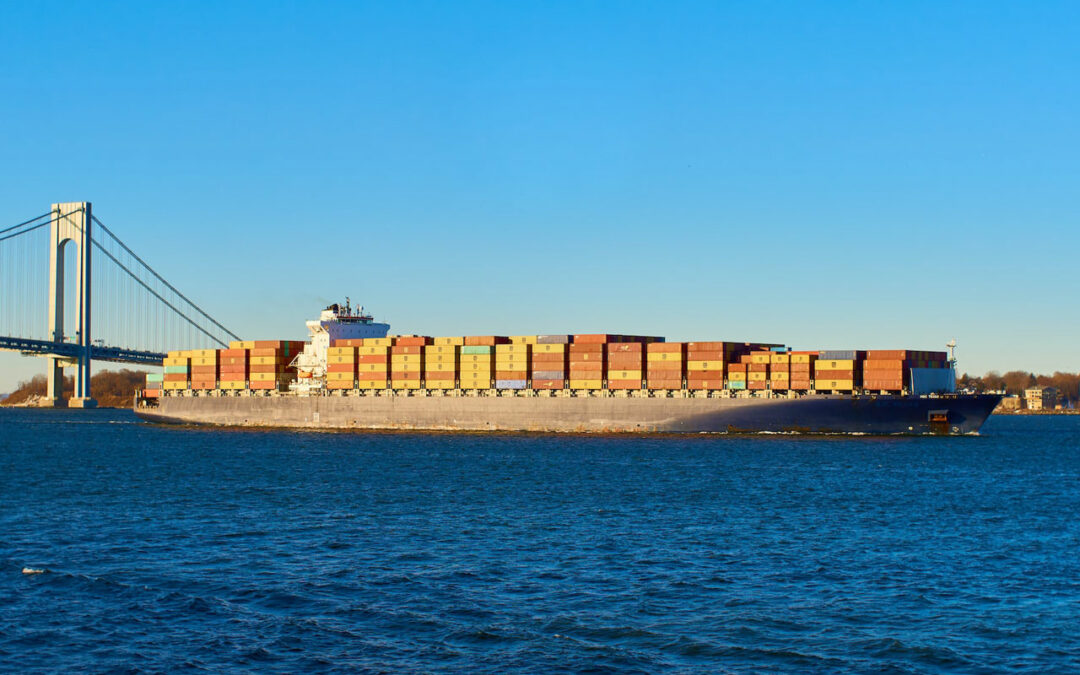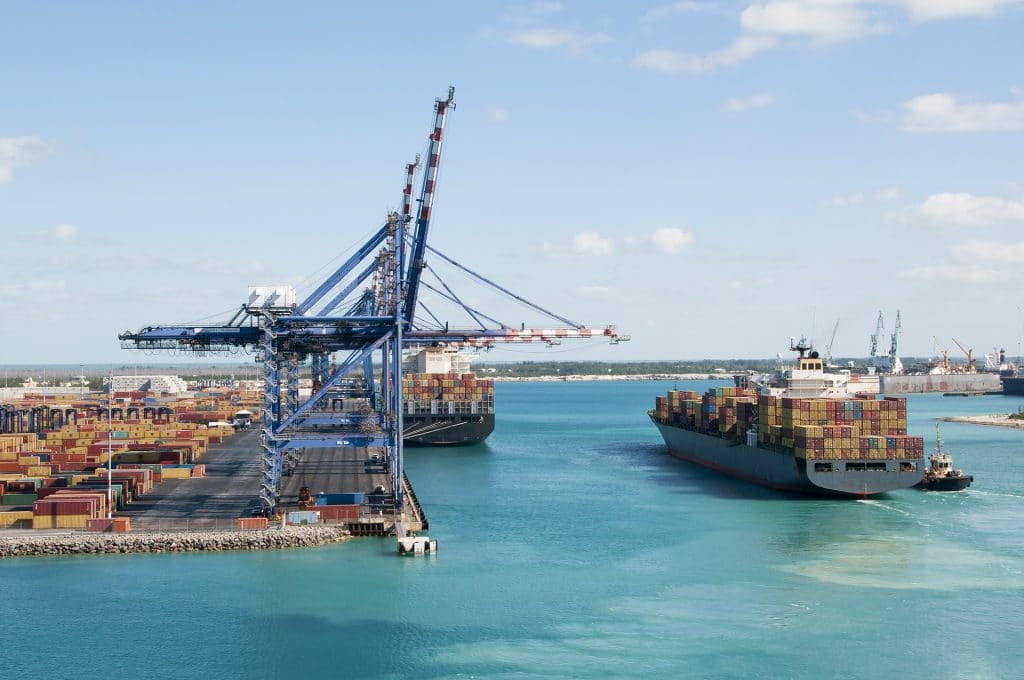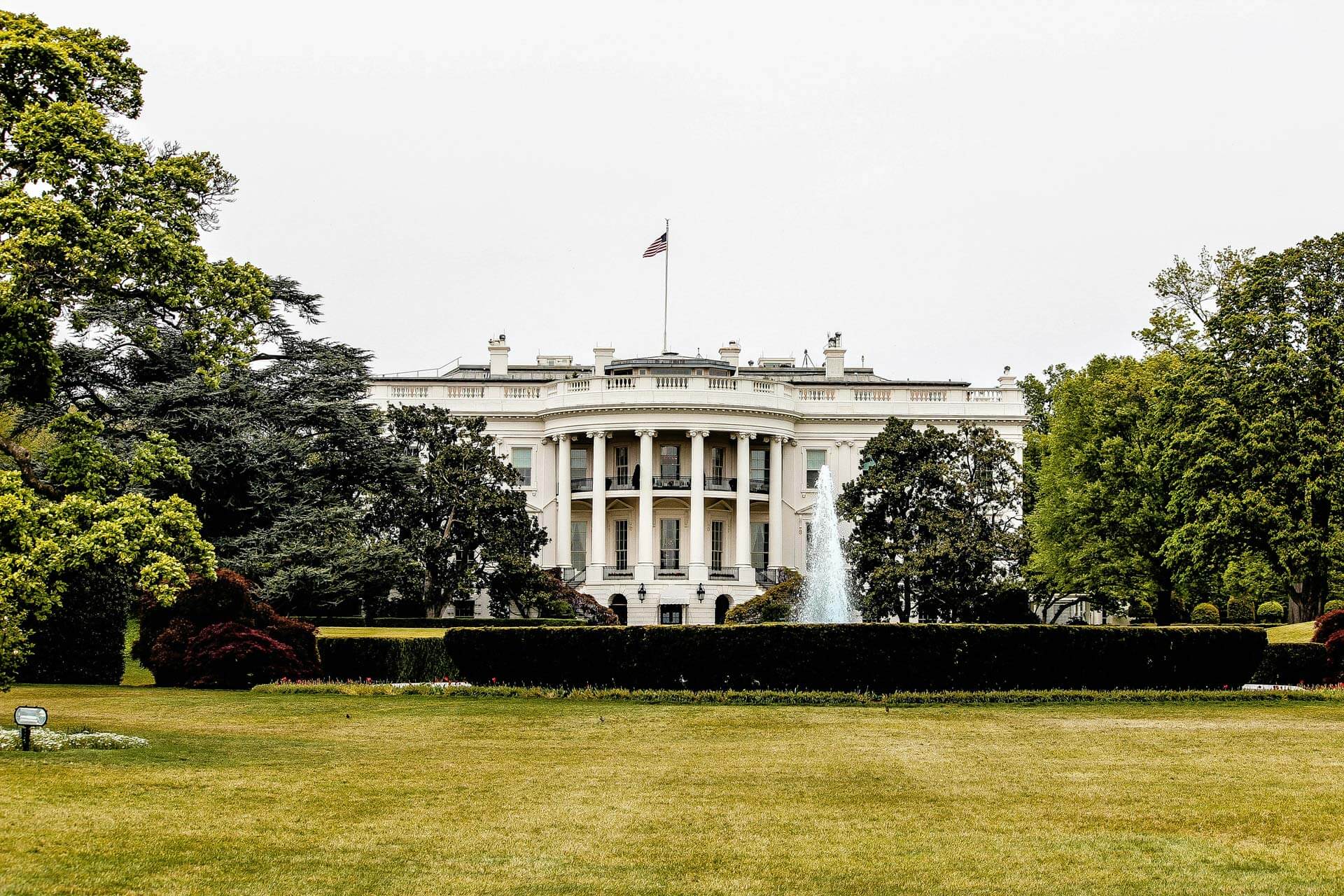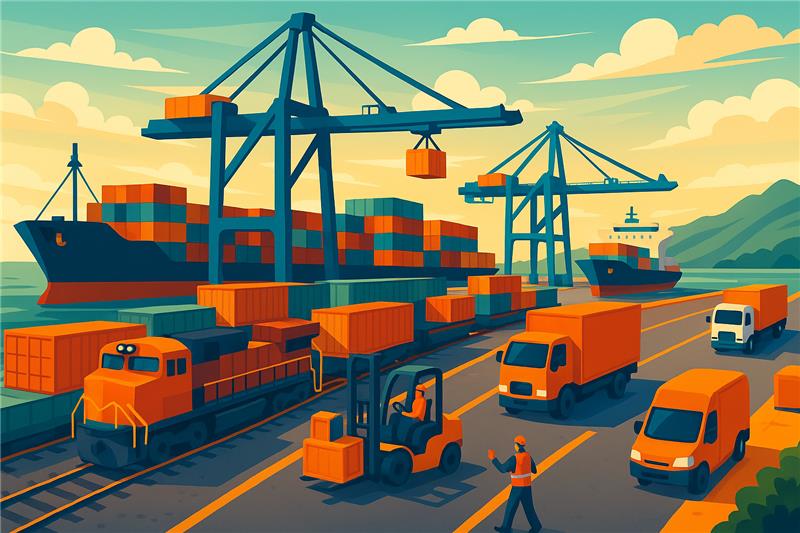This week:
- Empty containers continue to affect the US supply chain as carriers do not have an incentive to pick up empty containers over those loaded for export
- Trans-Pacific spot rates are not likely to normalize until next year
- Demand for inland warehousing facilities throughout the US grows
- Port of Los Angeles receives $20 million DOT grant
- Work begins on building Southern California’s first inland rail port to take containers from Los Angeles and Long Beach ports
Disruption to US Supply Chains from Empty Container Returns Grows
According to US Federal Maritime Commissioner Carl Bentzel, a persistent “mounting challenge of returning empty containers to marine terminals” is causing increasing disruptions to the entire country’s supply chain. The first half of the year saw import orders surge as retailers and shippers ordered more cargo earlier to overcome supply chain bottlenecks, filling warehouses and storage facilities to near capacity. The second half of the year has been plagued by backlogs of empty containers that are not being returned fast enough.
The problem of empty containers building up in East Coast ports and intermodal stations was exacerbated by a drop in consumer demand through Spring and Summer. Now, it is driven by ocean carriers who have no incentive to reposition empty containers back in Asia as Asian markets have a surplus of container equipment. The growth in new container equipment manufacturing doubled last year to over 5 million TEU, causing the prices for used containers to drop by 50% in China alone.
As a result, the port of New York-New Jersey is experiencing congestion where shippers cannot return empties, sparking disputes over per diem fees for late drop-offs. The problem will continue for some months as imports from China remain high against weaker US exports.
Sign up to Receive JMR’s Supply Chain News Roundup, Delivered Directly to Your Inbox Weekly
Trans-Pacific Spot Rates Not Expected to Normalize Until 2023
Prices on the Trans-Pacific spot market continue to fall through the second half of 2022. However, according to carrier Zim Integrated Shipping Services, shippers and carriers alike won’t likely see a leveling out into a new “normal” until next year. Even as spot rate prices fall, they still sit at approximately double those of the start of the second half of 2020.
Although US inbound cargo demand continues to drop, Zim reported a 50% increase in company profits for the second quarter due to the carrier’s freight rate increasing by 54% to $3596 per TEU.
“There is a little bit less pressure on the demand side, which has been a long-lasting feature of the prior quarter. We were rolling cargo and leaving cargo on the quay every time,” Zim CFO Xavier Destriau said. “We see a little less of that. We are still sailing full, but we have less to roll over.”
Normalization of Pacific spot market rates likely won’t happen until port congestion is fully processed and US supply chains return to an efficient flow without bottlenecks that swing demand back and forth.
Demand for New US Warehousing Moves Inland
The second quarter’s surge in imports into the US pushed up demand for additional warehousing along with demand for logistics and distribution spaces throughout the country, particularly for Chicago, Dallas-Fort Worth, Houston, Phoenix, and more. The demand for additional warehousing and distribution centers is focused largely on inland markets as a means for expanding distribution networks outward from major ports around the country.
These port locations, along with Atlanta and the Californian Inland Empire, experienced the largest increase in new warehousing and distribution center construction in the first half of 2022, and it is not slowing to match the reduced pace of the US economy. The boom in inland distribution networks as a result of the pandemic’s supply chain bottlenecks signifies a changing distribution pattern for importers, shippers, and retailers as they seek more resilient methods for getting goods to market.
The diversion of ocean cargo to East and Gulf Coast ports due to prolonged Longshore labor contract negotiations means that ports such as Houston and Savannah are experiencing drops in vacancies from 7.1% a year ago to 6.2%. And with the national warehousing and distribution facility vacancy rate sitting at 3.7% in 2022’s second quarter, a slowdown in demand should not be expected soon until the nation’s, particularly the East and Gulf Coast’s capacity, increases substantially in relation to changing shipper behavior.
Los Angeles to Receive Department of Transportation Port Grant
The Port of Los Angeles, along with the ports of Wilmington in North Carolina and Dutch Harbor in Alaska, will receive Department of Transportation (DOT) grants to support projects that reduce vessel congestion and improve cargo speed.
The DOT grants total $2.2 billion, and the port of Los Angeles will receive $20 million to construct a rail road-grade separation to improve truck access to container terminals, reducing the required number of trucking hours and therefore, vehicle emissions around the port. The US DOT will also reward a grant of $18.05 million to the North Carolina State Ports Authority to construct a new rail container loading and discharging facility, while Alaska’s Dutch Harbor will receive $22.32 million to build a barge ramp, dock, and multiple barge mooring dolphins.
The development at Dutch Harbor is part of a sponsored project of the Alaskan Qawalangin tribe, and the latest DOT funding will also include 5.6 acres of container storage land for full container-on-barge services operated by CMA CGM. The goal of the new port is to remove approximately 4,000 truck trips a year from local roads to reduce congestion and improve emissions.
Support Grows for Potential Southern Californian Rail-Served Inland Port
The Kern County Board of Supervisors recently endorsed a potential project to construct Southern California’s first rail-served inland port, which would receive import containers from the Los Angeles and Long Beach ports to reduce marine and trucking congestion in the port. The Mojave Inland Port would receive thousands of containers a week and would be located 90 miles from the ports.
Union Pacific Railroad already has lines running through the property, and they would serve the inland port with the potential for BNSF Railroad to join. With the county’s endorsement, Pioneer Partners can formally begin progressing with the project. They have already received zoned and approved site plans and must now obtain building permits in the project’s next phase.
Port efficiency would benefit most from a reduction in onsite trucking hours since containers destined for the Mojave Inland Port could be loaded directly onto rail carts from vessels in the port’s own on-dock rail yards, completely removing the need for trucks to transport containers short and medium distances for loading.
Pioneer Partners aims to begin construction on the inland port’s underlying infrastructure in the first quarter of 2023, although they began work on basic infrastructure pieces such as rail spurs and pavement approximately two months ago.






